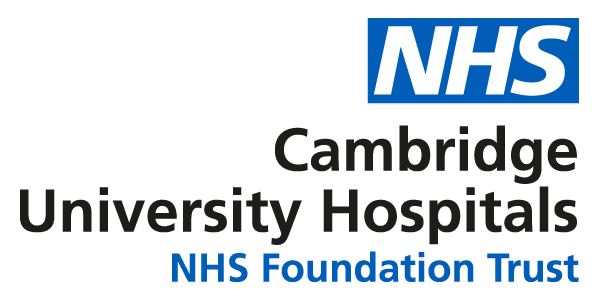When and how to express milk from your breast/chest either by hand or by pump and how to store milk.
Expressing your breastmilk
Expressing is where you remove milk from your breast/chest either by hand or by pump. There are lots of reasons to express milk including:
- Your breasts/chest feeling uncomfortably full, painful or engorged (sick support)
- You want to boost your milk supply
- You are separated from your baby (pre-term or sick baby on NICU)
- Short period of time away from your baby or returning to work
If your baby is struggling to suck well or get a good latch you can read about positioning and latching at the NHS website/Start for Life - Breastfeeding positions. (opens in a new tab) You can also contact the IFT or your community team for support.
If you have any queries please email the Infant Feeding Team at cuh.rosiehospitalinfantfeedingsupportline@nhs.net or speak to your midwife.
Urgent advice: Please be aware
If you use any syringe to collect colostrum and feed your baby; it is crucial to always remove and dispose of the lid before feeding. Always ensure that you check all syringes for lids, as different syringes have varying types of lids that may not be as obvious as the purple caps, with some being clear and harder to see.
Expressing by hand
Some breast/chest feeding parents find it helpful to massage their breast/chest before expressing. You may find it helpful to work from the outside of the breast/chest and massage towards the nipple. Try to take care not to drag your skin. You can try making circular motions, stroking with your fingers or rolling with your knuckles.
To start expressing:
- Make a ‘C’ shape with your thumb and fingers.
- Start at the nipple and gently feel back 2 to 3cm towards the chest wall or until you find a change in breast tissue texture.
- Once you find the change in texture, gently compress your breast between your thumb and fingers. Repeat this in a rhythmic movement. Some people find pressing towards your torso as you compress helps the flow of milk.
- You may need to do some trial-and-error to see how far back from your nipple you need to compress. Everyone is different!
- Keep the milk flowing for as long as possible. When the milk flow slows, you can re-position your fingers and thumb (like you’re moving them around a clockface). You can then express a different area of your breast. Try to express all areas of your breast, and alternate between breasts.
Below is a video showing how to hand express breastmilk.
Hand expression video - Unicef UK Baby Friendly Initiative
Link: https://www.youtube.com/watch?v=K0zVCwdJZw0
Expressing by breast pump
A pump can help you take milk out more easily, especially if you need to express more often.
See below the types of breast pumps.
| Type of pump | How it works | Best for | Advantages | Things to consider |
|---|---|---|---|---|
| Manual | How it works you squeeze a handle to create suction | Best for Occasional expressing | Advantages Cheaper, quiet, easy to carry | Things to consider Can take more effort, slower than an electric pump |
| Electric pump | How it works Uses a motor for suction, can be single or double | Best for Regular expressing, returning to work, building a supply | Advantages Faster, less effort, double pumps save time | Things to consider More expensive, needs a power source |
| Hospital-grade electric pump | How it works Stronger motor, usually double pump | Best for Frequent expressing, if baby is on NICU | Advantages Very effective, good for establishing supply | Things to consider Bulky, costs more to rent or buy |
What pump should I use?
If you are thinking about expressing your milk, you might be wondering what type of pump to use. There are different options, and the best one for you depends on your needs and how often you plan to express.
Things to think about:
Types of pump
Flange fitting and sizing
The Flange (also called a breast shield) is part of the pump that goes over your nipple and breast. It is important to have the right size flange. If it is too small or too big, it can cause:
- Sore nipples
- Less milk coming out
- Swelling or rubbing
A well-fitted flange should feel comfortable. Your nipple should move freely in the tunnel without too much pulling or rubbing.
If you are using a pump, please ask your midwife to support with choosing the correct flange size and using the pump.
We are here to help
Expressing milk can feel tricky at first, but it often gets easier with time. If you have any questions, please ask- we are here to support you and your baby.
Storing your milk and defrosting
Information on storing and defrosting your milk can be found on the NHS/Start for Life website - Storing breast milk. (opens in a new tab)
Sterilisation
You should always clean your feeding equipment with warm soapy water before sterilising them. This ensures all milk and dirt is removed before making them safe for baby to drink from.
You can find information on how to sterilise all feeding equipment, whether you are using expressed breast milk or first infant formula on the NHS/Start for Life website - How to sterilise equipment. (opens in a new tab)

